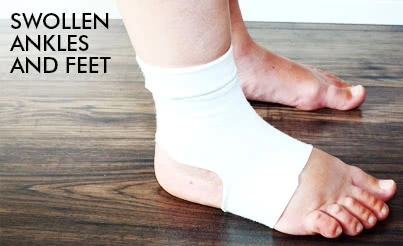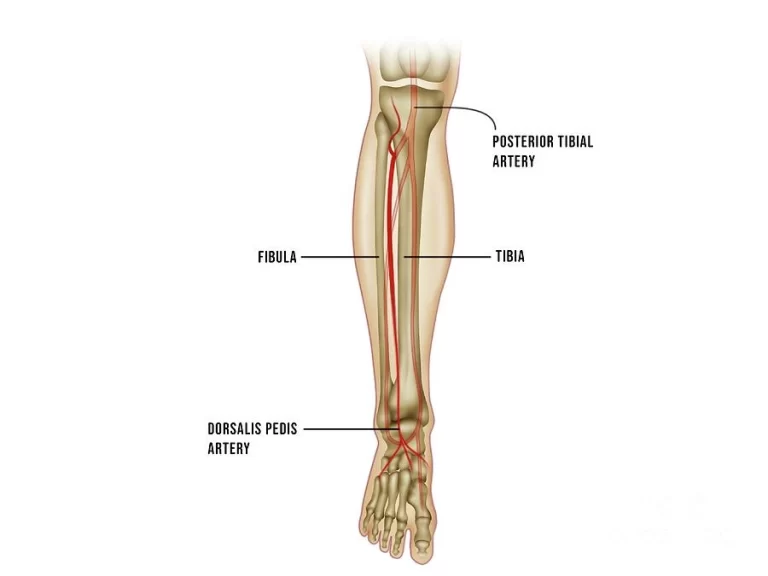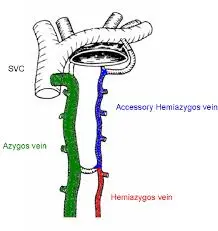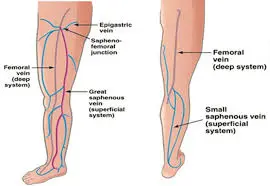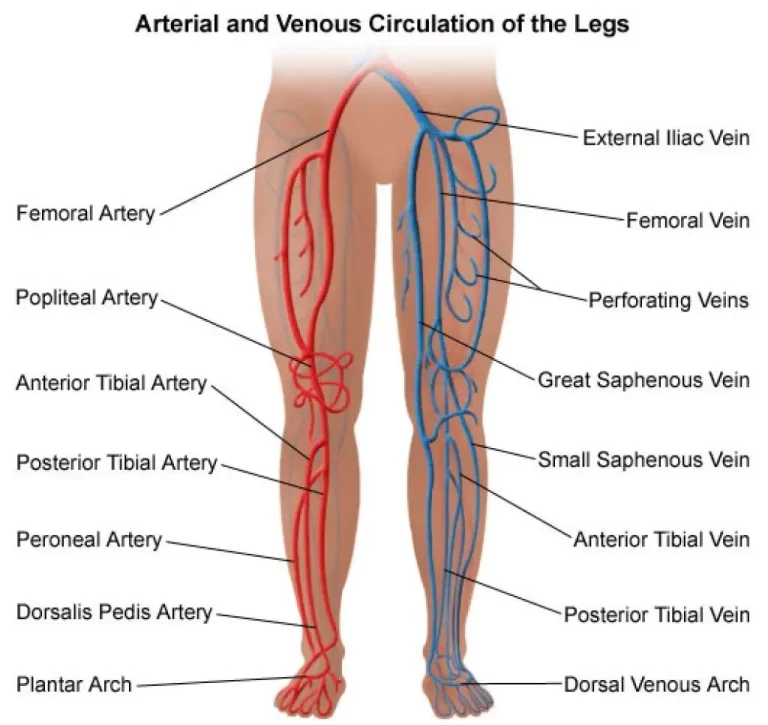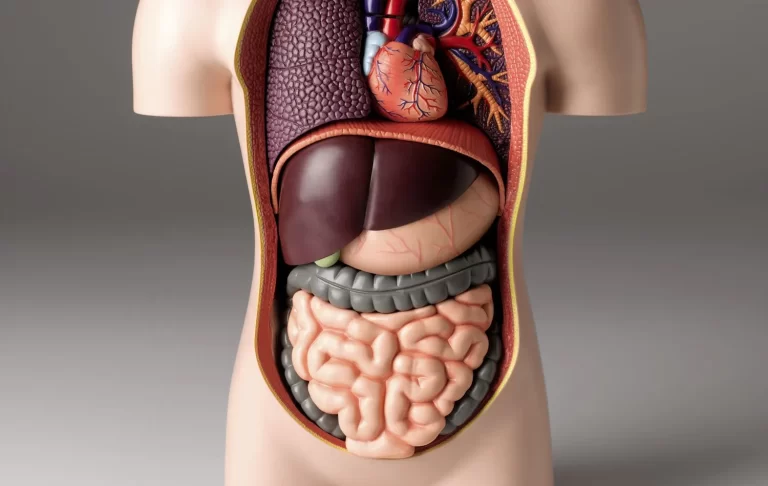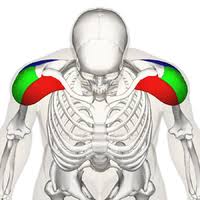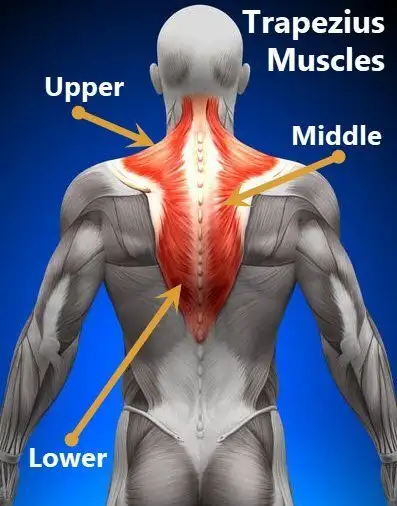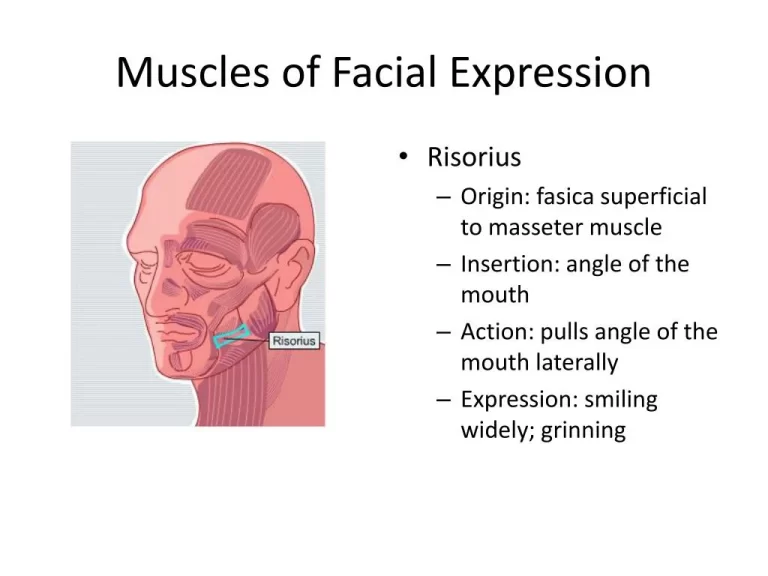Swollen Ankles and Feet: Causes, Symptoms, and Relief Tips
Swollen ankles and feet, medically known as peripheral edema, are a common condition characterized by the accumulation of excess fluid in the lower extremities. This swelling often results from an imbalance in the body’s fluid regulation, leading to fluid retention in the tissues. Various factors can contribute to swollen ankles and feet, including underlying health…

